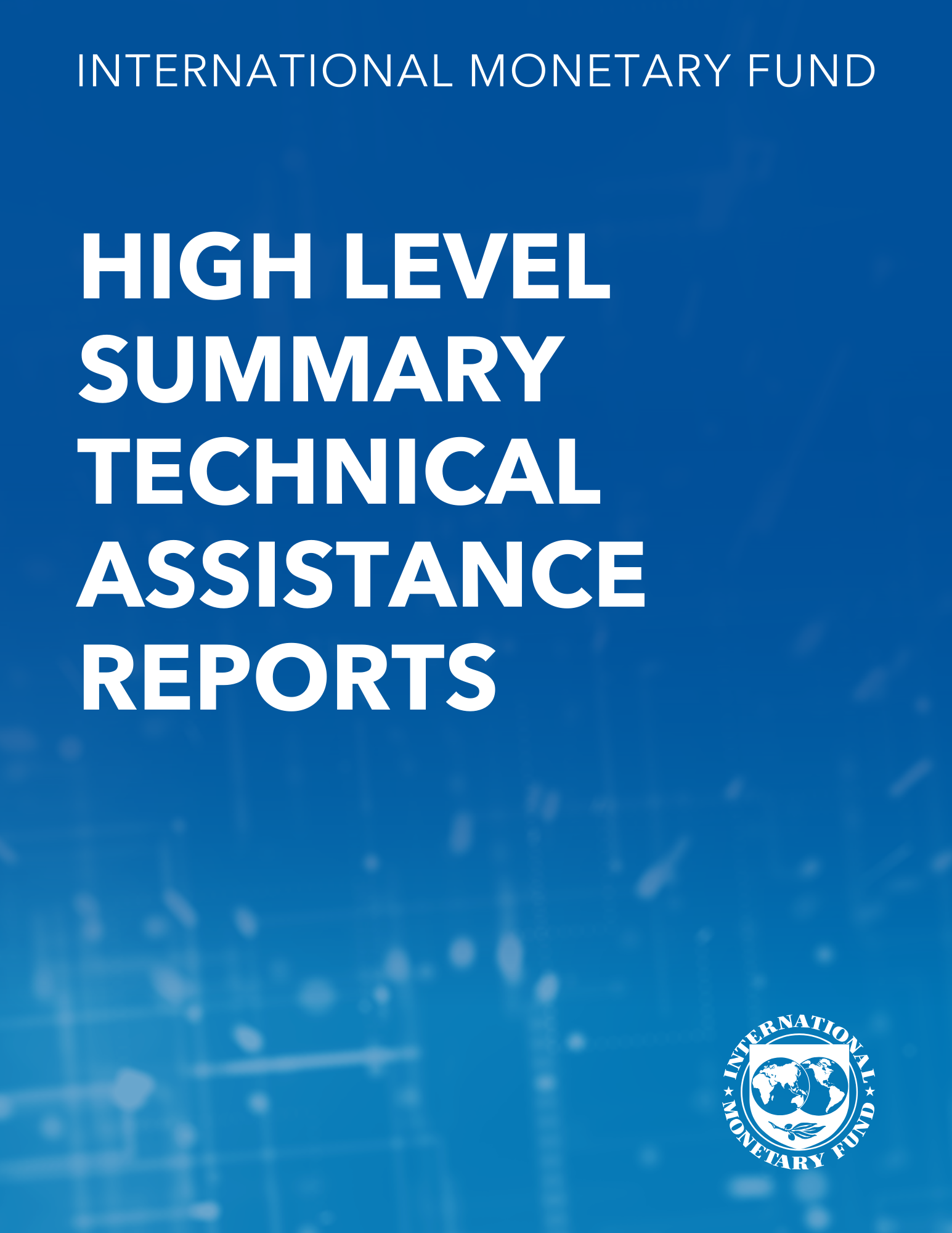What Explains Remittance Fees? Panel Evidence
April 1, 2022
Disclaimer: IMF Working Papers describe research in progress by the author(s) and are published to elicit comments and to encourage debate. The views expressed in IMF Working Papers are those of the author(s) and do not necessarily represent the views of the IMF, its Executive Board, or IMF management.
Summary
Subject: Balance of payments, Capital controls, Exchange rate arrangements, Foreign exchange, International trade, Plurilateral trade, Population and demographics, Remittances
Keywords: A. remittance, access to financial services, Capital controls, Exchange rate arrangements, Global, migration, panel evidence, Plurilateral trade, remittance corridor, remittance cost, remittance fee, Remittances
Pages:
37
Volume:
2022
DOI:
Issue:
063
Series:
Working Paper No. 2022/063
Stock No:
WPIEA2022063
ISBN:
9798400205439
ISSN:
1018-5941






